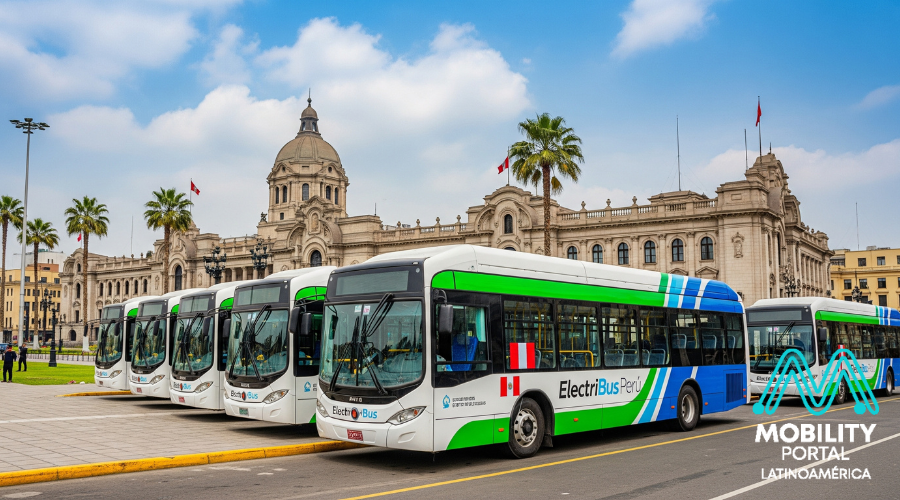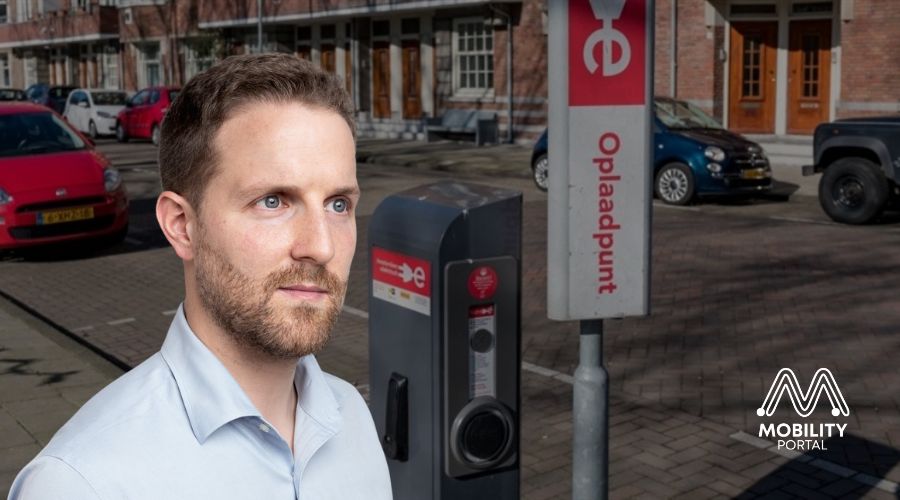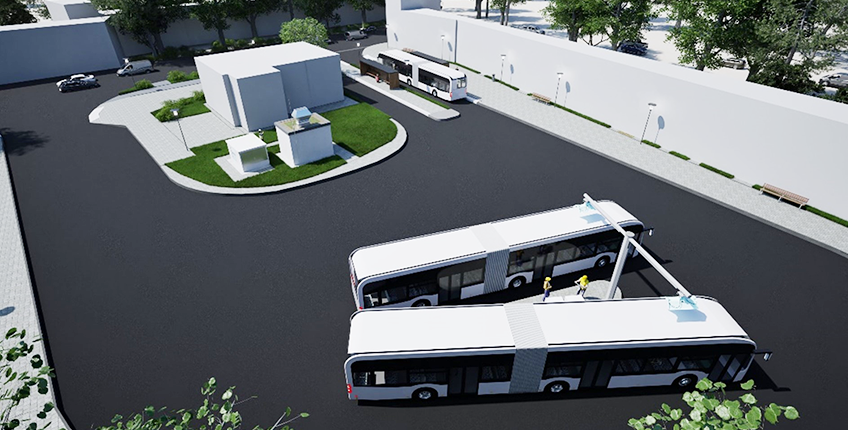The Urban Transport Authority for Lima and Callao (ATU) has reformulated the so-called Green Routes project, an initiative aimed at introducing electric buses into the public transport system in Peru.
Following an initial attempt that drew little business interest, the proposal has been adjusted, and there are now operators considering participating in the new tenders.
Adolfo Rojas, founding partner of the EV Center and president of AEDIVE Peru, explained to Mobility Portal Latin America that the project — originally proposed nearly two years ago — includes routes 1001 and 1002.
“In the first call for bids, the qualified applicants showed little interest because the projected demand was far higher than what could realistically be expected. The plan has now been revised,” he noted.
Scope and Adjustments to the Electric Bus Project
According to public information, route 1001 will link San Isidro with Santiago de Surco, while route 1002 will connect La Punta in Callao with the eastern edge of Lima, near El Agustino.
These routes were chosen due to their east-west orientation — a corridor with fewer transport concessions compared to the north-south axis, where Metro Line 1 and various complementary corridors already operate.
The selection also aims to maximise intermodality: route 1002 connects with the Metropolitano, the Blue and Purple corridors, as well as Metro Line 1.
Route 1001 interacts with these systems through stations such as San Borja Sur and Canadá.
According to official documents, the strategy seeks to cover underserved areas and create synergies among different transport modes, promoting the use of public transport and highlighting the benefits of electromobility.
In its revised version, the project maintains a fleet of 89 electric buses — 47 for one route and the remainder for the other — in addition to contingency vehicles.
Charging infrastructure will be located mainly in depots operated by the awarded companies or on municipal land prepared for this purpose.
“There will be no public street chargers. All charging will take place in depots or on properties enabled by the municipality or private parties,” Rojas clarified.
Timeline, Operation and Financing
A conservative estimate places the start of operations in the first quarter of 2027, depending on the financial capacity of the operators to acquire electric fleets and adapt the necessary infrastructure.
The plan includes exclusive bus lanes where feasible — such as Avenida Colonial, which is part of route 1002 — and mixed traffic lanes in more congested areas like San Borja Sur.
The installation of appropriate bus stops and priority signalling for electric buses is also planned, aiming to replicate optimal efficiency and safety conditions in a context where public transport accounts for 45% of daily trips in Lima and Callao.
The final cost will depend on the proposals submitted by operators, who may choose different bus capacities and complementary technologies.
Currently, efforts are being made to coordinate among operators, fleet providers, and financial institutions, with support from cooperation programmes such as CALAC+ by Swisscontact, which offers training for operating electromobility systems.
One of the evaluated options is for bus suppliers themselves to finance the charging infrastructure.
Although there is still no confirmation of direct state financing, the possibility is under consideration, particularly given that the operation authorisation will last for 19 years — an attractive horizon for private investment.
Interested Operators and Regulatory Outlook
Rojas confirmed that several companies are already interested and are currently reviewing the technical, administrative, and financial conditions before formalising their bids.
Meanwhile, the Electromobility Law remains stalled in Congress.
The Ministry of Economy and Finance has yet to present any updates, although a 5-million-sol Electromobility Fund was recently created and is currently under review by industry stakeholders.
The private sector, through AEDIVE Peru and the National Society of Industries, has formed an Electromobility Committee, whose public launch is expected soon.
According to Rojas, one of the committee’s proposals will be that at least 10% of electric buses be manufactured domestically, as a measure to boost the local industry.
READ MORE
-
From Amsterdam to the rest of Europe: smart public charging with incentives plans expansion
Both the interoperability and the cashback system are unique in the market — and a dedicated team is already working to scale this smart charging initiative.
-
EU Parliament backs extension of toll exemption for zero-emission trucks
Manufacturers must reduce the average emissions of new trucks, interurban buses and coaches by 45%, requiring around 400,000 zero-emission heavy-duty vehicles to be in operation by that year.
-
BVG to establish a network of up to 20 rapid charging stations for e-buses in Germany
BVG is investing in modern infrastructure that makes charging buses more practical for everyday operations. The Federal Ministry of Transport is supporting this with €12.1 million.










